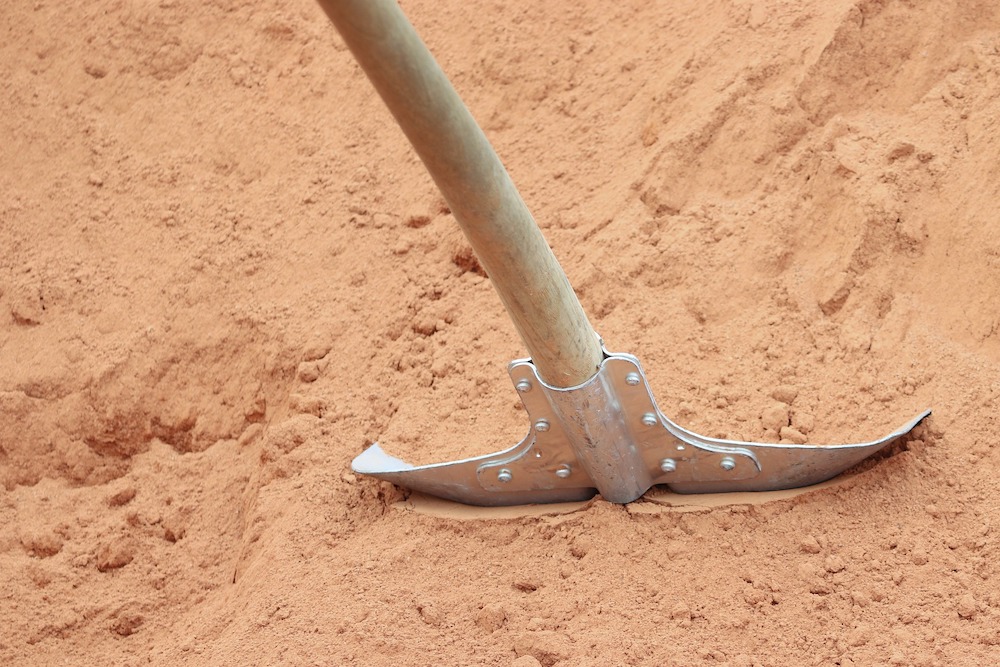Anyone who has tried to dig a hole in dry sand at the beach will know that some soil types can be challenging to work with. There are three main types of soil: sandy soil, loamy soil, and clay soil, along with other less common types like soils with gravel, chalk, or silt. Each of these variations will impact how the fence should and will be installed.
The following is what you need to know about each soil type when installing your precast concrete fence.
Sandy Soils
Contrary to what you might think, sandy soil can work extremely well when installing a fence. In general, the holes for the supports will be easy to dig; however, they can be prone to collapse around the edges – especially if the sandy soil is dry or fine-grained.
When working on installing a fence, you might need to dig a bigger hole than needed to account for collapsing. Another option is to lightly moisten the sandy soil while working on it.
Wetting the soil also helps with compacting the soil back into place, as compaction of sandy soil is best done when moist. You don’t want the soil to get too wet either. Thankfully, sandy soils have good drainage and can be difficult to over saturate.
Sandy soils are particularly useful to support fence posts. Once properly compacted, sandy soil is one of the most durable soil types.
Loamy Soils
Loamy soils are easy to work with and dig holes. It’s also known to be very stable and unlikely to shrink when it dries out. This will make any sinking or moving of the fence unlikely.
Loamy soil does have some softness and give, which may impact its strength, so you might need to go with a bigger footing or post than you were originally thinking of using. Adding some aggregate like gravel, stones, or rubble to the hole will help strengthen the material.
Clay Soils
Clay soils are very dense and hard to work with. Digging in clay soil, especially when it is very dry, can feel like digging in concrete. You can slightly moisten clay soils to make digging a bit easier.
In general, clay soils are strong; however, when wet soils dry out, they tend to shrink. This could damage the stability and look of the fence. Installing the fence in moist, but not saturated clay soil can help reduce the chances of the soil shrinking.
Gravel, Chalk, and Silt Soils
Soil with gravel in it will be difficult to work with. Digging is especially hard, as you will keep hitting the solid chunks of rock. However, once the fence is built, the gravel in the soil will help provide extra stability to the fence posts.
Silt soil is quite easy to work with and will provide a moderate amount of support. However, silt soils can cause problems when it gets saturated. Very wet silt can become a fluid, which can quickly make it into poor support for a fence.
Chalk soil is not common, but it is out there. Pure chalk or high chalk content soil will be extremely hard to dig through but will provide excellent support for the fence. If the soil only contains a little bit of chalk, you will be unlikely to run into the same problems while digging.
Give American Precast a Call Today!
If you are ready to get started on your precast fence, be sure to contact American Precast Concrete, Inc., today. We work with a variety of different soil types, and when you call today, you can get a free cost estimate.







